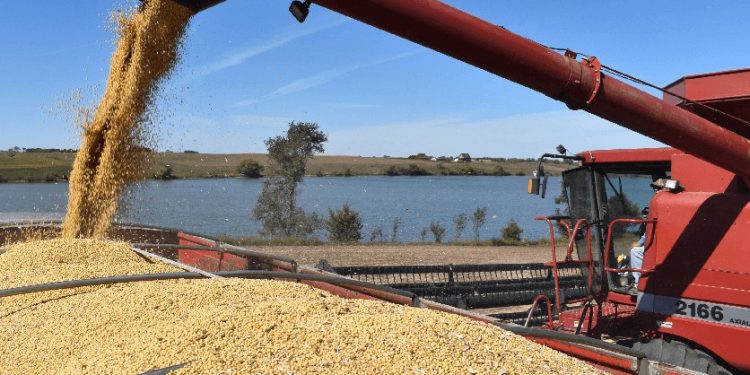UN Report Highlights Resilience in Food Commodities Market
The UN Food and Agriculture Organization (FAO) recently released its Food Price Index for June, revealing a stable overall performance despite notable shifts in specific commodity sectors.
Overview of the FAO Food Price Index: In June 2024, the FAO Food Price Index remained unchanged at an average of 120.6 points. This marks a 2.1% decrease compared to the same period last year and a significant 24.8% drop from its peak in March 2022 post-Russia’s invasion of Ukraine.
Vegetable Oils:
Vegetable oil prices surged by 3.1% in June, driven largely by robust demand from the biofuel sector. This increase is reflected in the index reaching its highest level since March 2023.
Grains:
Conversely, the index for grains saw a decline of 3% in June. This decrease was attributed to improved production estimates for major grains such as corn, wheat, and rice, mitigating the impact of higher vegetable oil prices.
Global Grain Production Projection:
FAO forecasts global grain production to reach a record 2.85 billion metric tons in 2024, a modest 0.5% increase from 2023. Improved prospects in corn production across Argentina, Brazil, Turkey, and Ukraine contribute to this positive outlook.
Meat and Dairy:
- Meat Prices: The FAO reported that meat prices were flat in June.
- Dairy Prices: Dairy prices, however, rose by 1.2%, driven by soaring butter prices reaching a two-year high. Small increases in beef, pork, and lamb prices balanced a decline in international poultry meat prices due to supply factors.
Sugar:
FAO’s gauge of sugar prices decreased by 1.9% in June, contributing to the overall stability of the food price index.
Conclusion: Despite challenges such as fluctuating vegetable oil prices and varying meat and dairy dynamics, the global food commodity market remains resilient. FAO’s insights underscore the balanced interplay between different sectors within the food industry, reflecting both challenges and opportunities amid global economic conditions.
Error




